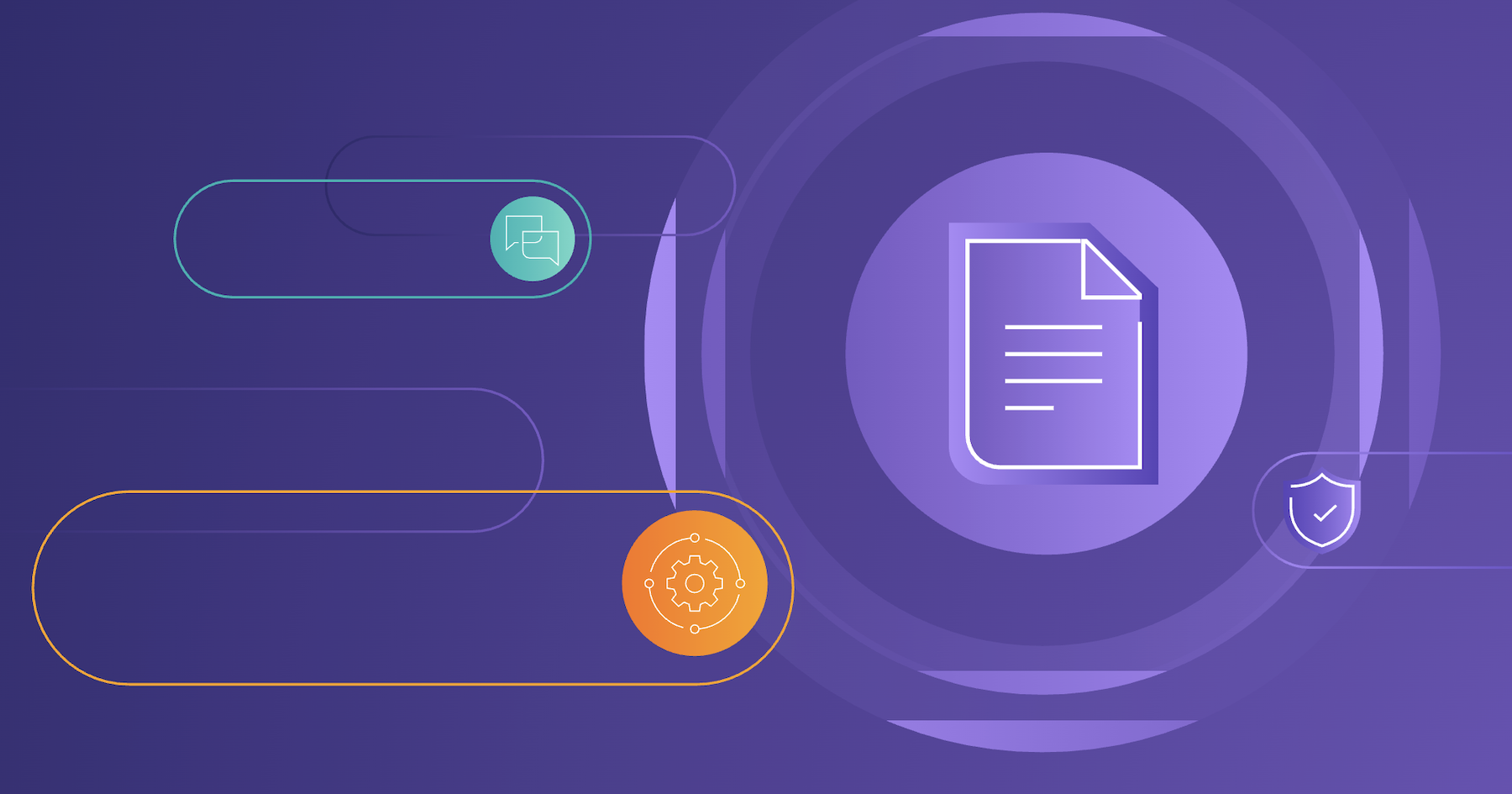In today's threat landscape, comprehensive security solutions are essential for protecting your software ecosystem. A software bill of materials (SBOM) - a detailed inventory of software components - enables security teams to identify and address cyber threats proactively and maintain continuous visibility into their software supply chains.
GitLab research reveals that 69% of global CXOs are shipping software products twice as fast as last year, even as software supply chains grow more complex. With software liability discussions intensifying, clear visibility into potential vulnerabilities is essential. Organizations must understand their exposure across all software dependencies.
Implementing comprehensive SBOMs enables teams to identify vulnerabilities and strengthen software supply chain security through systematic analysis and triage.
Integrating external software dependencies requires sophisticated vulnerability management - and SBOMs make this possible.
The role of SBOMs in code management
Beyond basic code snippets and source files, SBOMs provide a complete view of your software components. This visibility is crucial for:
- Tracking compliance with licensing requirements across the development lifecycle
- Maintaining detailed software inventories for regulatory compliance
- Managing potential risks in third-party and open-source components
- Implementing proactive security measures throughout the software ecosystem
Security and compliance for modern applications
As development processes evolve, security solutions must adapt to new challenges. Organizations need:
- Real-time visibility into software inventories and component relationships
- Automated tools for tracking licensing terms and compliance issues
- Standardized formats for sharing software inventories across teams
- Proactive management of security measures and compliance requirements
GitLab's 2024 DevSecOps Report found that while 67% of developers rely heavily on open-source software and third-party components, only 21% leverage SBOMs in their software development lifecycle. This visibility gap in software supply chains creates significant risk - especially as continuous integration practices accelerate development.
SBOMs benefit diverse use cases beyond basic open-source software management. They provide critical insights for projects incorporating commercial third-party components, cross-project integrations, and external code contributions - any scenario where software dependencies impact your broader development environment. Security teams can make more informed decisions about vulnerability management when they have comprehensive visibility into their entire software supply chain.
Future-proofing your software security
Implementing comprehensive SBOMs is essential for maintaining robust supply chain security. With a robust SBOM strategy, organizations can:
- Maintain accurate software inventories throughout the development lifecycle
- Address compliance requirements proactively
- Manage potential risks in real time
- Ensure consistent security measures across the software ecosystem
Get instant access to the full guide below:
Resources
Guide to dynamic SBOMs: Securing software supply chains in modern development
Key takeaways
- Security teams struggle to manage risks in complex software supply chains as open-source components dominate modern applications. Organizations need visibility into third-party components and software dependencies.
- As development environments and continuous integration accelerate delivery, security vulnerabilities become harder to track. Teams need tools for informed decisions about vulnerability management.
- Software composition analysis and license compliance are critical as regulations expand. Organizations must validate open-source and third-party components throughout the development lifecycle.
